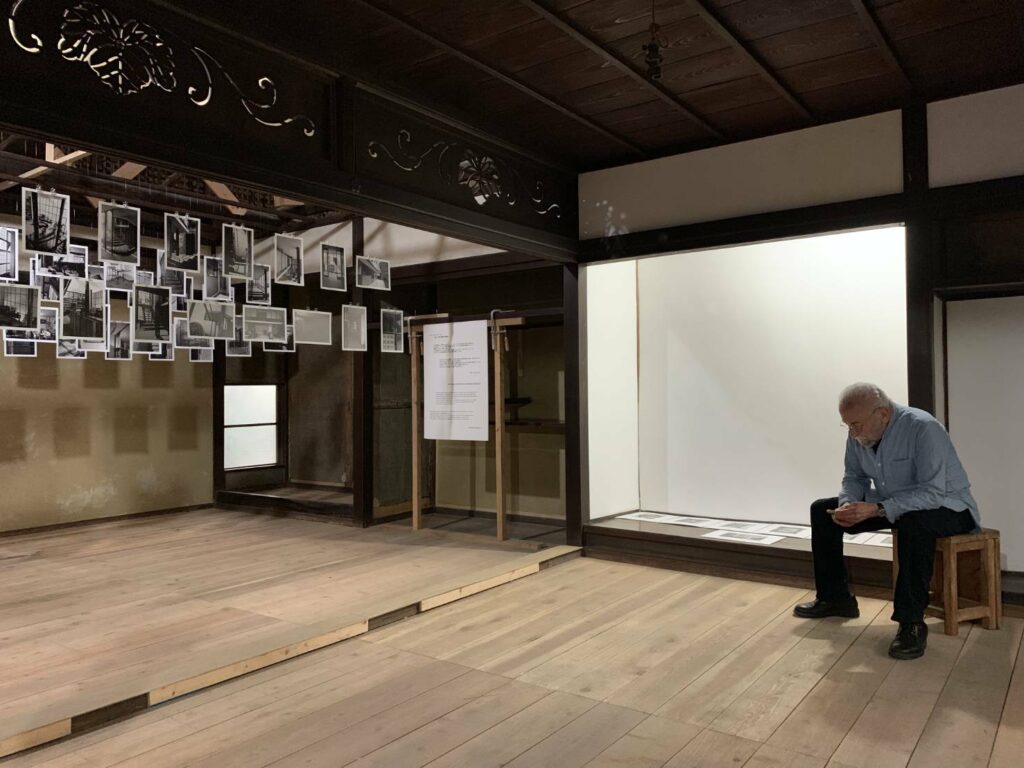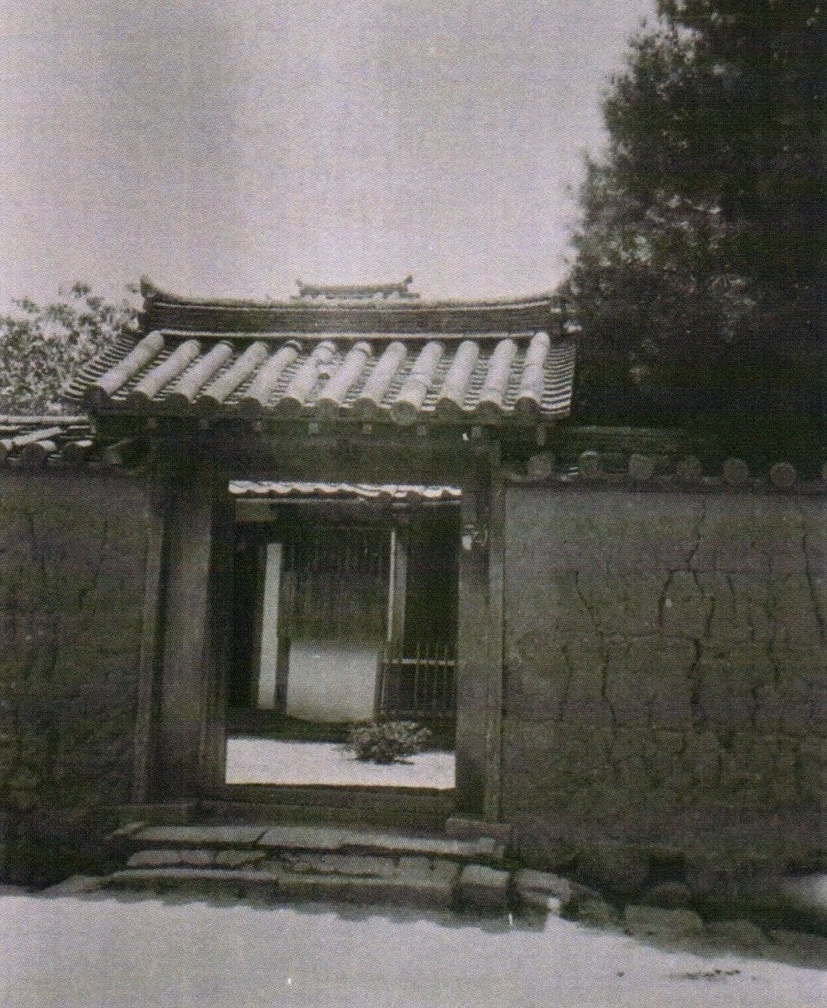Toma House and Toma Unrestored
Toma House is an art space in Nara city built within the restored ancestral residence of a former Shinto priest family near Nara Park.
The house was built in the 18th century and has been owned by the same family for generations. After being vacant and unmaintained for years, the descendants of the Toma family have carried out restoration projects starting in 2017 to preserve and revive this house that was near collapse. It is now the only remaining residence of a Shinto priest family in an area that was once full of them.
While exhibitions, workshops, artist residencies, and cultural events have been happening in this unique space, parts of the residence are still in the process of being restored. Therefore, we have named this seemingly endless restoration project Toma Unrestored.
Artist-in-Residence
Since 2018, Toma House AIR has hosted a number of residency artists, including Michael Carapatian (UK, architecture and photography), Yukawa-Nakayasu (Japan, mixed media), Robbin Deyo (Canada, Mokuhanga Residency), Junli Song (USA, Mokuhanga Residency), Rory Menage (UK, sculpture and printmaking), and Sybilla Patrizia (Austria, filmmaking and photography).
Toma House AIR offers artist-in-residence programs along with themed residencies such as mokuhanga (woodblock printmaking) in collaboration with MI-LAB, as well as hyogu (paper mounting) and kintsugi programs.

Toma House Introduction
The Toma family residence is in the heart of Nara city, the first-ever permanent capital city of Japan brimming with history, traditions, and artisanship. Toma House is the only preserved “sha-ke,” or priest family house in the Takabatakecho neighbourhood.
- The premises of the Toma family residence
The Toma family residence stands above the former base stones that the nearby Shin Yakushiji temple’s premises used to cover in the past. Like the surrounding lands and houses, it originally was within the former grounds of the historic Shin Yakushiji Temple when Buddhism was at its peak in Japan in the 8th century.
Registered Cultural Properties of Nara City
Since 2019, the main gate, mud walls and the main residence house of Toma House has been registered as the cultural heritages of Nara city. According to academic researchers studying the house and historic scripts, the family’s main building, main gate and mud walls were built around the 18th-century. The crushed old roof tile chips they found that were mixed with the mud within the walls showed an even more ancient characteristic, indicating that they dated back to the 8th century Asuka Period which was the same time when Nara became Japan’s first-ever permanent capital city. It is suggested by scholars that the family residence’s history could be traced back to even before the 8th century.
Toma House has been passed down through the same family, who all served as priests at the nearby Kasugataisha Shrine for centuries until the Meiji Restoration. It was at that time that Shinto priests nationwide were laid-off from their hereditary occupation, including the priest families that had been serving at Kasugataisha Shrine. Records from the 19th century show that there were around 150 priest family houses, or “sha-ke,” in Takabatake-cho so it was known as “Shake-machi” (priest neighbourhood).. Most of the priest families in the Takabatake neighborhood opted to sell their traditional houses or remodelled them for modernization, others demolished their family properties and turned them into parking lots. The Toma family, however, did not go for any of the above options but kept living in the same house. Therefore, Toma House AIR retained its authentic features and was able to be saved to be shared with the worldwide community who care about history, culture, tradition, and art.

The Toma Family Now
Toma family members continued to live on this property and the characteristic structures of a typical sha-ke house remained unchanged. In 2017, the descendants of the Toma family decided to restore and preserve the special main house that was collapsing after years of laying vacant, not only to keep the memories and tradition of this historic landmark alive, but to offer to the world and our future generations an opportunity to witness the uniqueness of a sha-ke house through active events that support art and creativity.
Toma House is run by the Toma family descendents: Kumiko and Shingo, along with Jin-Yi from Taiwan.